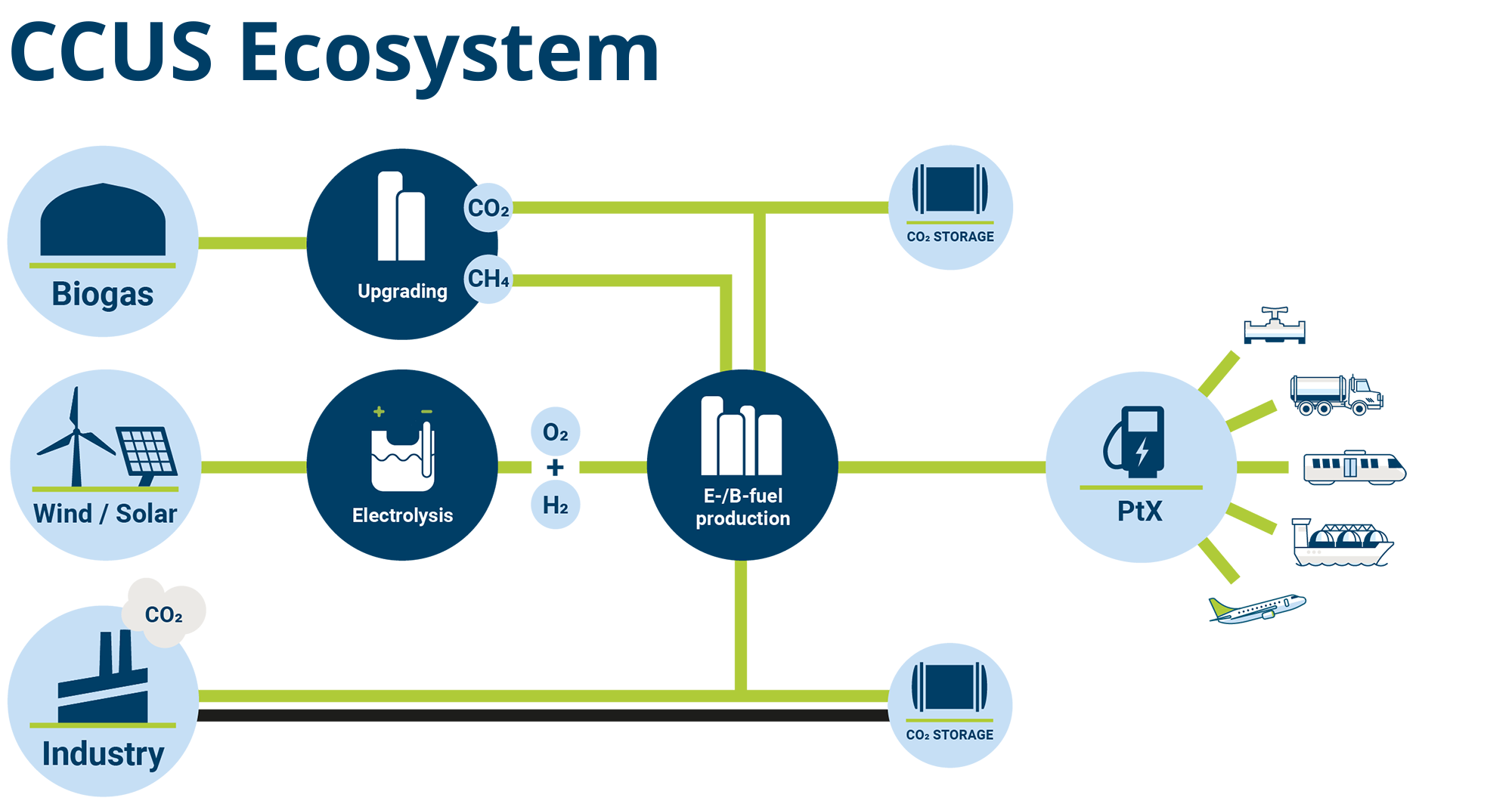A significant number of harbors and seaports today play an essential role as importing or exporting energy hubs, handling large, fossil fuel flows of coal, oil and natural gasses. The gas comes in, either via vessel, using specialized deep-sea terminals, or via pipeline, ending in the port area. Seaports are often home to large energy plants. The availability of land and cooling water, and the presence of large industrial customers, are some of the reasons for energy-producing firms to set up their business in seaport areas. While many wind farms are installed offshore, or in open plots in the hinterland, equally are several seaports home to wind farms, installed on breakwaters or stretches of land close to the sea. To transportation, seaports are equally providers for fueling stations.
Seaports as drivers to the global hydrogen economy
The energy transition challenges existing energy hub ports, preparing them for a future decline in fossil-fuel-related activities, and for embracing the production, handling, and storage of renewables, including green hydrogen. Potentially, this may have far-reaching implications for ports. Green hydrogen is expected to assume a prominent role in an emerging new energy landscape in ports in future scenarios. Regulations are prompting the displacing of fossil fuel driven activities and whilst this challenges harbors to adjust their infrastructures, it equally places them in position to exploit new opportunities.
Indeed, ports can play a crucial role in the production and distribution of green hydrogen. They are important nodes, given existing and future local demand for hydrogen, the emerging offshore parks, and as junctions of transport nodes, some of which are already on the door to shift to hydrogen or related fuels (e.g., vessels, barges, trucks). Additionally, the infrastructure and handling capabilities of seaports make them prime locations for the storage and distribution of hydrogen. Moreover, seaports can serve as hubs for the export of green hydrogen to other countries, helping to drive the global transition to clean energy.
Taking the temperature
Although quite a few initiatives for hydrogen export and import facilities have been announced in recent years and many are in pipeline, we are still in the early days of the creation of a global hydrogen carrier, shipping and port network. At present, uncertainty remains on the preferred hydrogen carriers (i.e. there are several possible green hydrogen value chains with different carriers to hydrogen), cost is a critical factor (still a considerable production cost difference between green and blue/grey hydrogen.), also rules and regulations, safety standards and certification, and the impact these will have on hydrogen supply chains (for example, safety issues related to transport near urban areas) are still to be cleared.
All these uncertainties call for the alignment of efforts with standards and certification, through common sustainability criteria for traded and supported hydrogen, as well as the alignment of methodologies for hydrogen certification and efforts to set harmonized technical standards.
Meanwhile paths are being laid and steps are taking in frontier seaports to seize the opportunities at hand and pressing experience on best-practice. These innovative harbors are establishing and demonstrating hydrogen closed-loop ecosystems, by deploying an innovative, economically viable and renewable energy system infrastructure. Within such frameworks, they set up plants to produce green hydrogen using renewable electricity generated in industrial areas of the port by for example windmills. Efficient downstream management of both hydrogen and electrolysis’ by-products, i.e. excess heat, oxygen, are enabled by an integrated and synergetic sector coupling, involving the greater value chain of the ports via pipeline infrastructure. Such set infrastructure allows for export opportunities, unlocking unseen value for the regions.
Ports aiming for a strong position in green hydrogen are challenged to be active in all parts of the hydrogen value chain. A favorable location, a well-developed pipeline network, strong worldwide maritime connectivity, state-of-the-art terminal and logistics infrastructures, well-functioning and efficient industrial ecosystems and a strong customer base, are all important factors enabling a seaport to take up an important, pioneering, role in an emerging hydrogen economy, positioning itself as a hydrogen import, transit and production hub.

The CCUS ecosystem presents a line of different paths for hydrogen in seaports securing usage in different applications, depending on existing infrastructure, and as either inland or to export.
Scalability is key
Most current scenarios do not foresee green hydrogen to play a significant role in Europe until 2030. Meanwhile, the scalability aspect comes with a lot of requirements which can be met more easily by certain locations such as seaport areas, and scalability is crucial to the global hydrogen economy. And in seaports across Europe, seaports are preparing for new business where hydrogen in its forms of green fuels will play a role. At Hydrogen Valley, we work into a number of projects enabling progress and not least presenting best-practice for share of knowhow and leading to inspirations across global seaports.